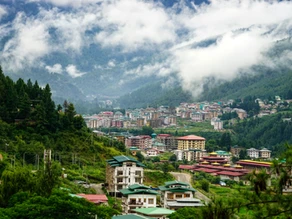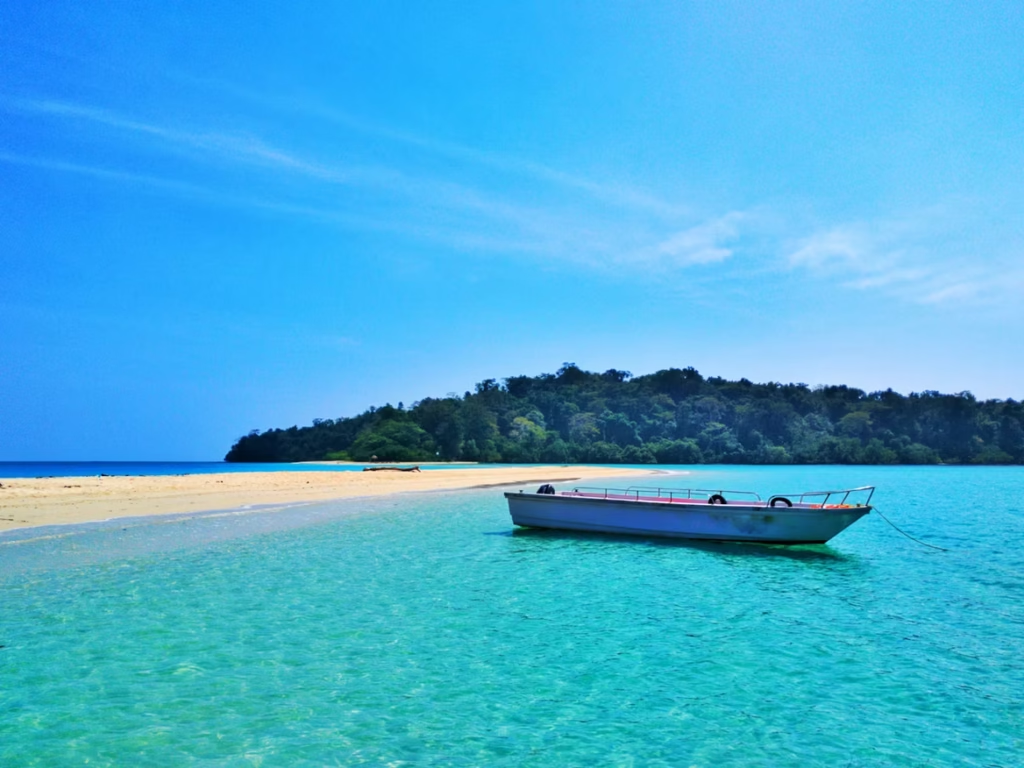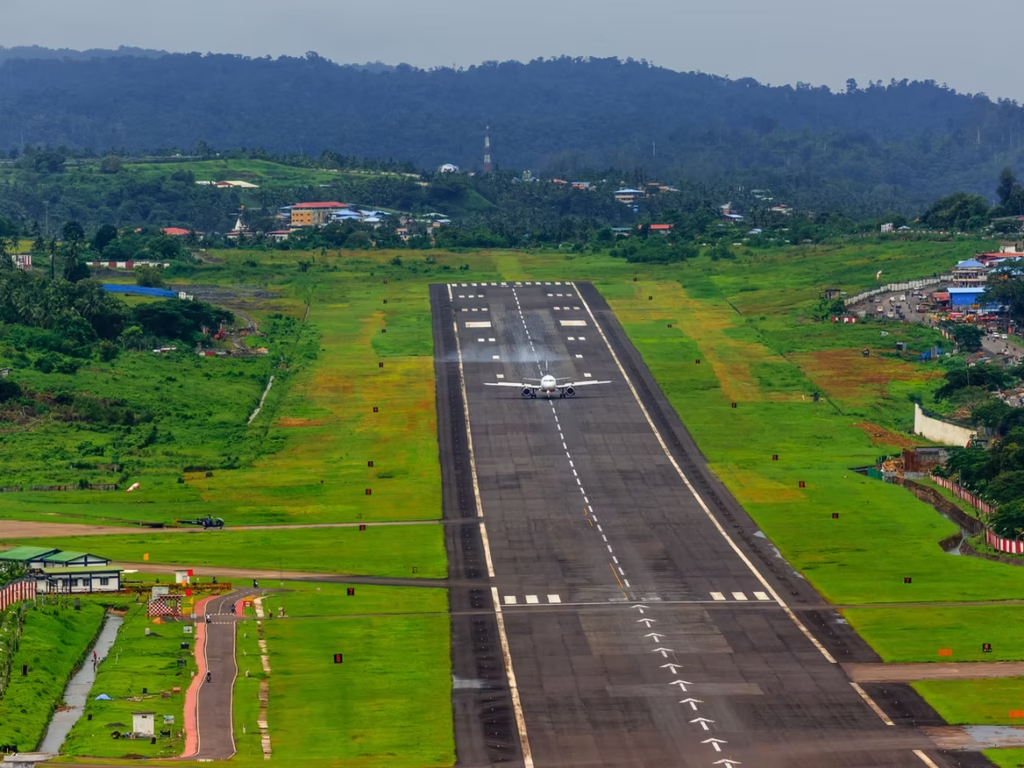Celebrating the Vibrant Spirit of Bhutan’s Festivals

Where Tradition and Color Collide in a Mesmerising Spectacle Photo by Pema Gyamtsho on Unsplash Bhutan – The Land of the Thunder Dragon Bhutan is a small country located in the eastern Himalayas with Tibet towards its northernborder and India at its south, east, and west. Bhutan is well-known for its natural beauty, snow-sprinkled peaks, lush valleys, and mystical rainforests. The country is also famous for its unique and carefully preserved cultural heritage as a Buddhist kingdom. But, one of the most captivating aspects of Bhutanese culture, without fail, is its festivals, which serve as a sneak peek into the country’s rich history and old traditions. Bhutanese festivals are known as “tshechus,” and are celebrated in various religious buildings like temples and monasteries across the country, that leave spectators wonderstruck. Significance of Bhutan’s festivals Festivals act as a way to pay homage to the people’s deities. They are a medium through which Bhutanese seek blessings, and express gratitude for their bountiful harvest. It is believed that these traditions are a means of strengthening community bonds, as people from all walks of life come together to celebrate every year. Traditional elements Festivals in Bhutan are a feast for the senses and are soaked in culture, much like other countries such as India. Every part of these celebrations, from detailed patterned clothing to the thoughtfully crafted masks, has deep symbolic meaning. The dances, which tell stories from Bhutanese mythology and history, convey significant moral and spiritual values. The rituals and ceremonies are supposed to bring prosperity, luck, and knowledge in the spiritual plane. Bhutan’s determination to upholding its distinctive culture is symbolised through the traditional elements of its festivals. Popular festivals Bhutan is home to a multitude of festivals, each with its own significance. Keep reading to find out about some of the most popular ones. The Thimphu Tsechu Festival Photo by Pema Gyamtsho on Unsplash Every year, on the tenth day of the eighth lunar month, one of Bhutan’s most important religious ceremonies takes place in Thimphu, which is the capital of the country. It is a celebration of Guru Rinpoche, also referred to as Padmasambhava, who brought Buddhism to Bhutan in the 9th century. The three-day celebration begins with a number of religious ceremonies and rituals. The event’s major draw is a series of masked dances that the monks perform on the second day. Bhutan was the location for the 2003 film “Little Buddha,” which includes scenes from the Thimphu Tsechu Festival. The narrative of a young American boy who travels to discover his Buddhist origins serves as a reminder of the country’s rich and dynamic culture. Be sure to attend if you ever find yourself in Bhutan during the festival. You won’t be let down! “The masked dances are a way of telling stories about the Buddha’s life and teachings. They are also a way of invoking the power of the Buddha to protect us and guide us on our journey.” – Lama Norbu, “Little Buddha” The Annual Black-Necked Crane Festival Photo by Pema Gyamtsho on Unsplash The Annual Black-Necked Crane Festival in Bhutan is a captivating celebration of the surrounding environment and local culture. Taking place in the valleys where endangered black-necked cranes travel during the winter, the event respects these beautiful birds, which are seen as divine messengers. Locals do masked dances while dressed traditionally to honour legends and blessings from the past. Everyone expresses a desire to safeguard these adorable animals and their vulnerable habitat, and there are many heartfelt prayers and traditional music. In addition to its artistic significance, the event highlights environmental awareness and sustainable lifestyles. Accountability and environmental responsibility are encouraged. As happy occasions are held against the backdrop of stunning valleys and towering mountains, a deep connection to nature is created that leaves a lasting impression on the emotions of the visitors. The Annual Black-Necked Crane Festival serves as a reminder of Bhutan’s commitment to preserving its natural heritage and fostering harmony between humans and nature. It leaves a lasting impression and motivates people to want to protect Bhutan’s wonders for future generations. The Ura Yakchoe Festival Photo by Pema Gyamtsho on Unsplash An annual event called the Ura Yakchoe event takes place in Bumthang, Bhutan’s Ura Valley. It is a commemoration of Guru Rinpoche, the “Lotus-Born Guru” who, as was previously said, introduced Buddhism to Bhutan. The festival is a significant cultural occasion for the people of Ura and lasts for five days, from the 12th to the 16th of the third lunar month of Bhutan. The Ura Yakchoe dance, a religious performance presented by masked dancers, serves as the festival’s focal point. The dance narrates the tale of Guru Rinpoche’s triumph over a demon that was terrorising the valley. The dance is a powerful and humbling event, and music and chanting are used to accompany it. The celebration includes religious ceremonies and rituals in addition to various traditional Bhutanese dances, such as the Ura Yakchoe dance. Additionally, there are kiosks selling food, trinkets, and local crafts. The Paro Tshechu Festival Photo by Pema Gyamtsho on Unsplash Bhutan hosts the Paro Tshechu Festival every year in its lovely courtyard, the Paro Rinpung Dzong. The festival, which has deep spiritual roots, incorporates hypnotic mask dances (Cham) performed by monks and laypeople as well as stories of historical events and moral lessons. The significance of the festival’s religious significance dates back to when Guru Rinpoche first came in Bhutan. People dress in their finest traditional attire to witness the unfolding of priceless Thongdrels (religious scrolls) and to soak in the happy and reverent atmosphere. The Paro Tshechu is not just a cultural show but also a memorial to Bhutan’s unwavering spiritual commitment. It provides a breathtaking glimpse into the country’s valued legacy and identity and makes a lasting impression on all visitors. The Sakteng Festival Photo by Pema Gyamtsho on Unsplash The Sakteng Festival is an annual festival held in the Sakteng Valley of eastern Bhutan. It is a celebration of
Andaman & Nicobar Islands

An Idyllic Paradise in the Bay of Bengal About History Population and people Climate Top 3 places to visit About The Andaman and Nicobar islands are one of the 8 union territories of India and are located in the Bay of Bengal, located between latitudes 6°N and 14°N and longitudes 92°E and 94°E. One can find white sand, pristine beaches lined with palm trees all over the islands. They give an opportunity for the perfect getaway to an abundance of quiet, tranquillity, and turquoise water. Andaman is a living example of what you mean when you refer to a “Tropical Paradise.” History The English East India Company’s fleet reached the Andaman Islands in 1789, and the British connected them administratively to the Nicobar Islands in 1872. The Andaman Islands are located on the historic trade route between India and Myanmar. In 1956, the two groups of islands were admitted as a union territory of the Indian Republic. The region has been known for its indigenous communities, which have steadfastly avoided considerable engagement with ethnic outsiders, for more than a century. The islands gained international prominence in 2004 after a sizable tsunami that had been caused by an earthquake in the Indian Ocean close to Indonesia badly destroyed them. 8,249 square km or 3,185 square miles. Population and People Photo by bionic__exe on Unsplash South Asian immigrants and their offspring make up the great bulk of the Andamans’ population. The majority of people speak Hindi or Bengali, but Tamil, Telugu, and Malayalam are also widely used. In the past, the Andamanese were small, isolated communities. Single outrigger canoes were used to harpoon or net turtles, dugongs, and fish. Major cultural change wasn’t possible until the middle of the 20th century due to the isolation of the Andamanese and their overall antagonism toward Westerners. Few native Andamanese remain alive today; the majority of these populations were wiped out by disease as a result of their contact with Europeans, Indians, and other foreigners. Early in the twenty-first century, the majority of the Nicobar Islands’ population was still made up of its native Nicobarese people (including the related Shompen). Both the Mon (also known as the Talaing) of Myanmar and the Malays of insular and peninsular Southeast Asia are likely their direct ancestors. The Austroasiatic language family includes the Mon-Khmer language group, which includes the Nicobarese languages. Some Nicobarese also speak Hindi and English. The Nicobar Islands are home to a sizable Tamil community in addition to its native inhabitants and other residents from the Indian mainland. As part of the Indian government’s initiative to advance the region’s agriculture, many arrived during the 1960s and 1970s. The people of the Andaman and Nicobar Islands are friendly and proud of their rich cultural history. Their welcoming atmosphere and open spirit provide visitors to the islands a sense of belonging. Festivals and events highlight the variety of their cultures while also encouraging unity among the diverse ethnic populations. The islanders have a deep connection to nature, living in harmony with the beautiful surroundings and enthusiastically sharing their knowledge of the indigenous flora and animals. Their fortitude in the face of adversity, especially natural calamities, is inspiring, and they continue to prosper with a strong sense of community. Interacting with the inhabitants exposes their true warmth and openness, leaving lasting recollections of the island’s allure. The inhabitants of the Andaman and Nicobar Islands are an essential part of the enthralling experience, making your trip genuinely enriching. Take advantage of the opportunity to engage with these friendly hosts and learn about the distinct character that defines this tropical sanctuary. Climate The best thing about these islands is that they are a year-round vacation spot with little variation in temperature and constant comfort. Between October and May is regarded as the ideal season to visit the Andaman and Nicobar Islands. A tropical paradise with a year-round warm and humid environment, the weather is sunny and comfortable, ideal for beach activities, snorkelling, and discovering beautiful coral reefs. The turquoise sea and moderate breeze provide an excellent environment for water sports and underwater experiences. During the monsoon season, which lasts from May to October, rain showers renew the lush green forests, creating a peaceful haven for nature enthusiasts but it is not a good time to visit because of the high tides, persistent rain, and strong winds. Regardless of the weather, immerse yourself in the islands’ rich cultural heritage by attending local events and traditional performances. Whether you prefer sun-kissed beaches or lush rainforests, the Andaman & Nicobar Islands provide a memorable and diverse experience, attracting travellers with their spectacular beauty and kind welcome. Because Andaman is a tropical island, it never experiences winter. Tourists can simply relax and take in the expansive view of the ocean in this comfortable, moderately humid climate that gives a good sea breeze. In the summer, the white dunes contrast with the clear blue sky and turquoise sea, which reflect blue tones. This makes for a beautiful vacation spot, not just for honeymooning couples but also for families with older members. It’s the ideal location to get a drink and relax on the shacks because it’s not too hot or humid. Andaman and Nicobar Airports How were Andaman and Nicobar Islands formed? Are Andaman and Nicobar Coral Islands? The Andaman and Nicobar Railways Do you need a passport to travel to Andaman and Nicobar Islands? Top 3 places to visit for your next trip to Andaman and Nicobar Islands Port Blair Photo by Sahil on Unsplash The Andaman and Nicobar Islands’ capital is Port Blair. Additionally, it serves as the sole notified town in the region as well as the administrative centre for the South Andaman district and the local administrative subdivision (tehsil) of the islands. The entry point is Port Blair, which has both air and marine connections to the rest of India. INS Jarawa, a
Andaman and Nicobar – Airports

Here are a list of airports established in Andaman and Nicobar Islands. LOCATION NAME CATEGORY Port Blair Veer Savarkar International Airport International Airport Campbell Bay INS Baaz Military Car Nicobar Car Nicobar Air Force Base Military Diglipur INS Kohassa Military Photo by Lenstravelier on Unsplash Veer Savarkar International Airport The capital of the union territory of India’s Andaman and Nicobar Islands, Port Blair, is home to Veer Savarkar International Airport. The airport acts as a key hub for domestic and select international flights that connect the islands to other regions of India and surrounding nations. Due to its strategic location in the Bay of Bengal, it serves as a vital entry point for people and goods entering and exiting the region. The harmonious integration of modernization and cultural history is seen at Veer Savarkar International Airport. The airport, which bears the name of the visionary independence fighter Vinayak Damodar Savarkar, acts as a portal not just to a specific location but also to a deeply ingrained sense of history and patriotism. It’s more than simply a transit hub; it’s a location where tales of bravery and selflessness rub shoulders with the buzz of excited travelers. As you enter the airport, the architecture hints at a storied past. The architectural components work together to provide a classic feeling while accommodating modern tourist needs. The artful blending of traditional and modern elements in the airport’s design results in a space that is both warm and motivating. The Veer Savarkar International Airport is quite proud of its commitment to technical development. Modern infrastructure guarantees an effective travel experience, meeting the changing expectations of the contemporary traveler. The airport meets the needs of the digital age while still honoring its historical identity, offering seamless check-ins and cutting-edge security features. A smart selection of exhibitions and displays honor the man for whom the airport is named in addition to its utilitarian purposes. A trip to the airport provides an opportunity to learn about Veer Savarkar’s life and contributions, to feel a connection to the past, and to be motivated by his tenacious fight for justice and independence. Photo by Sathis Khanna on Unsplash INS Baaz INS Baaz Airport stands out as a protector of safety and the environment. Its strategic placement was carefully planned and ensures the country’s sovereignty at a key maritime intersection. The runway, which flows into the Bay of Bengal without interruption, represents the union of technological advancement with the vastness of nature. However, INS Baaz Airport is more than merely functional—it captures the spirit of the islands. The design appears to be an organic extension of the environment itself, and the breeze that rustles through its terminals brings echoes of the sea’s legacy. The employees here are more than just workers; they are watchmen for the security of the country. Their commitment to a cause bigger than themselves is echoed by the relentless waves touching the coastline. However, INS Baaz Airport offers a glimpse into island life in addition to serving a strategic purpose. Beyond safety, it gives visitors a glimpse of the islands’ unspoiled beauty, with lush surroundings and undeveloped beaches making a lasting impression on everyone who visits. The INS Baaz Airport is a guardian that is perfectly incorporated into the embrace of the islands, representing harmony between security and tranquillity. It ties together history, tactic, and the enduring fascination of the Andaman and Nicobar Islands with each departure and arrival. Car Nicobar Air Force Base The Car Nicobar Air Force Base Airport, located in the turquoise expanse of the Andaman Sea, is a combination of both strategic significance and natural grandeur. This airfield is more than simply a concrete runway; it represents the Andaman and Nicobar Islands’ ideal balance of security and peace. The Car Nicobar Air Force Base Airport’s position is not by chance; it is a thorough study of defense and proximity. Strategically positioned, it protects the nation’s interests in a critical region. The runway appears to extend indefinitely into the water, a symbol of the harmony between human ingenuity and the vastness of nature. However, this airport is more than just a military post; it embodies the essence of the islands. The lovely sea air that rustles through its hallways hints about the islands’ seafaring past. The building reflects this link, blending in with the surroundings. The servicemen stationed at Car Nicobar Air Force Base Airport are professional national security protectors. Their dedication echoes the waves that caress the island coastlines incessantly, a reflection of their dedication to a cause larger than themselves. In addition to its strategic importance, the airport provides passengers with a unique look into the allure of the islands. It also acts as a gateway to the pristine beauty of the Andaman and Nicobar Islands. The islands’ pristine beaches and verdant surroundings create an indelible impression on those who visit, attesting to their ageless appeal. With each landing and takeoff, history, strategy, and the compelling appeal of the Andaman & Nicobar Islands are intertwined.

